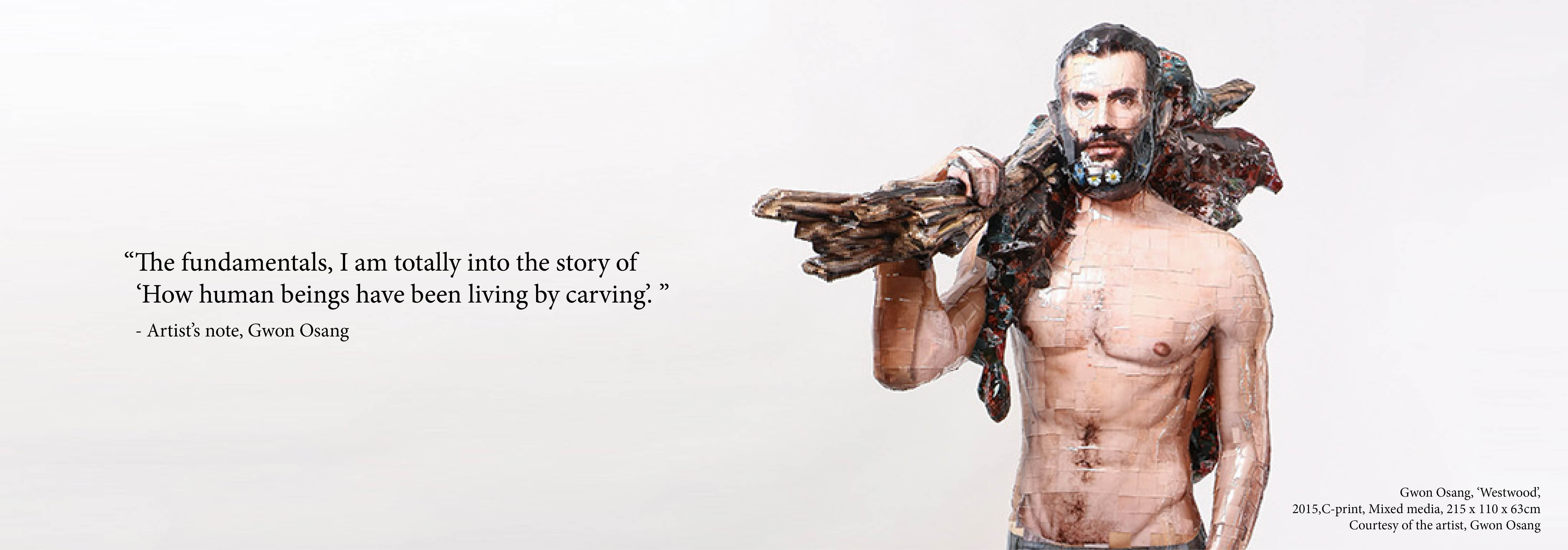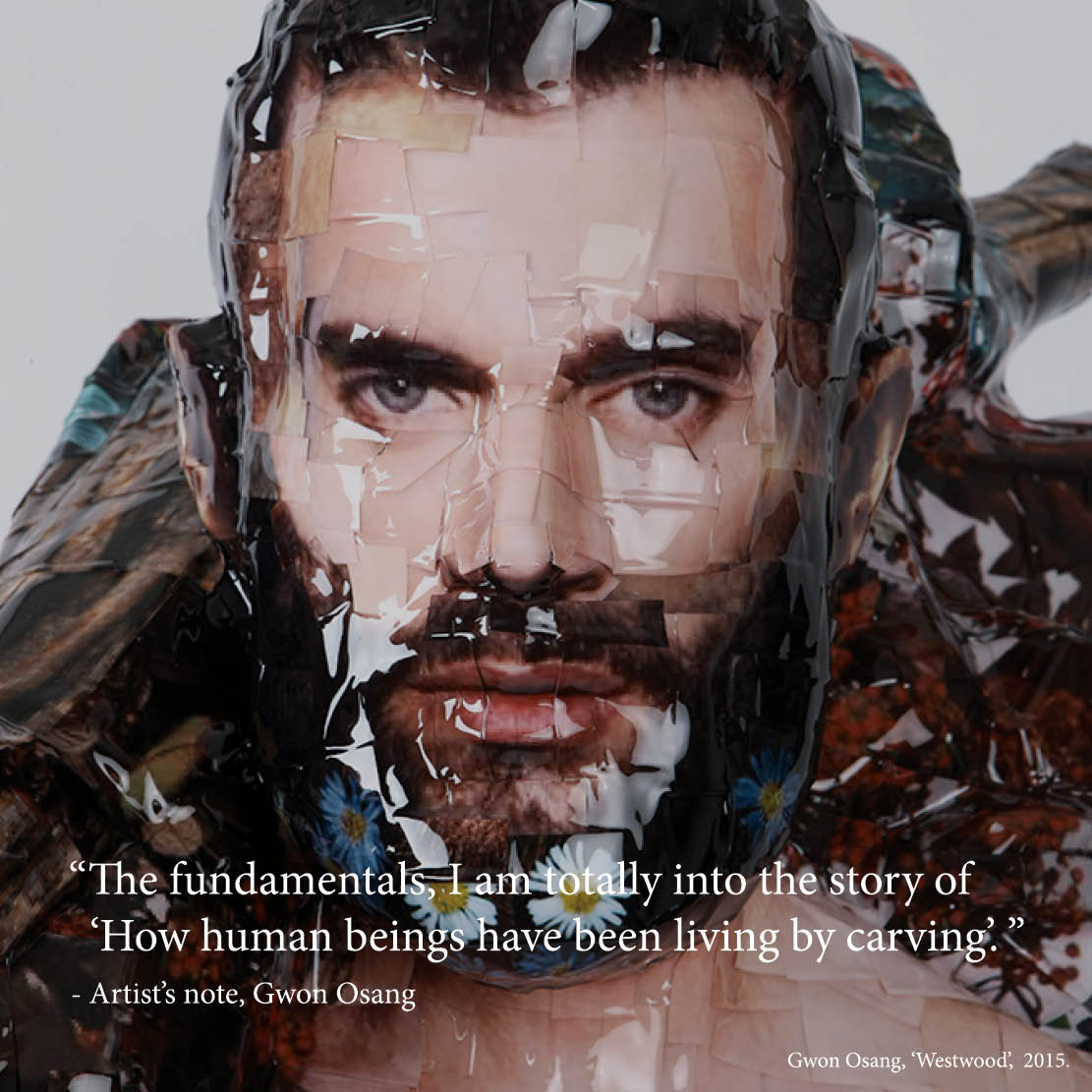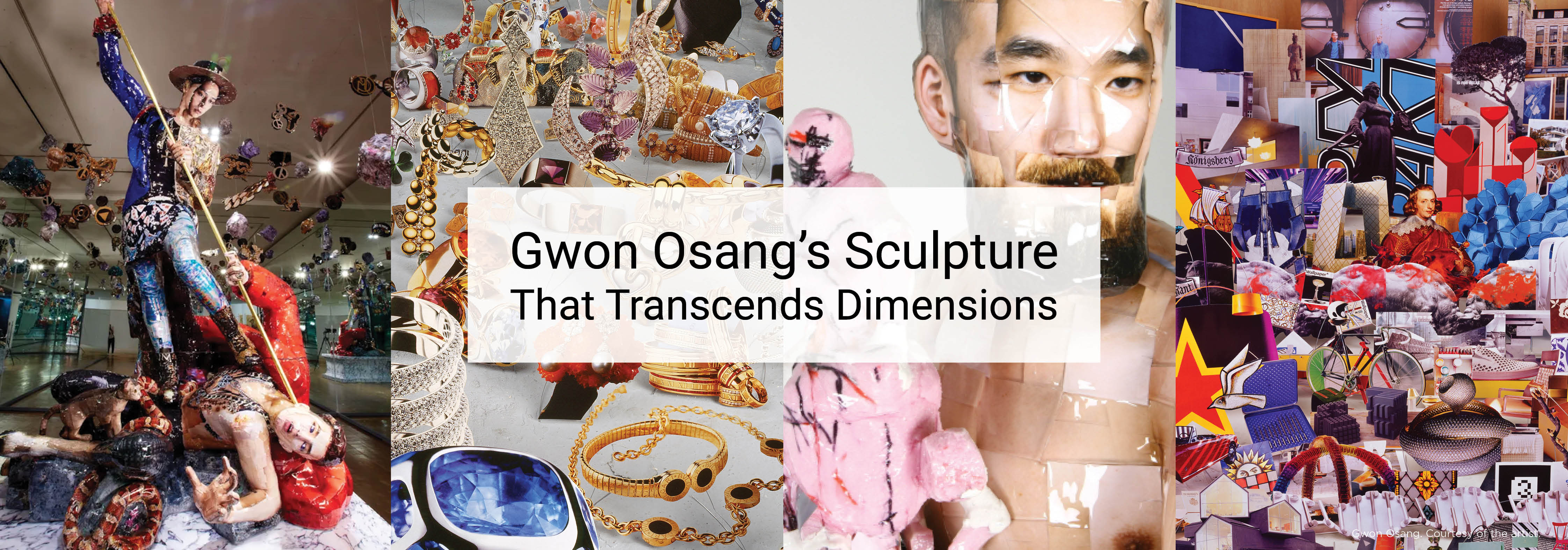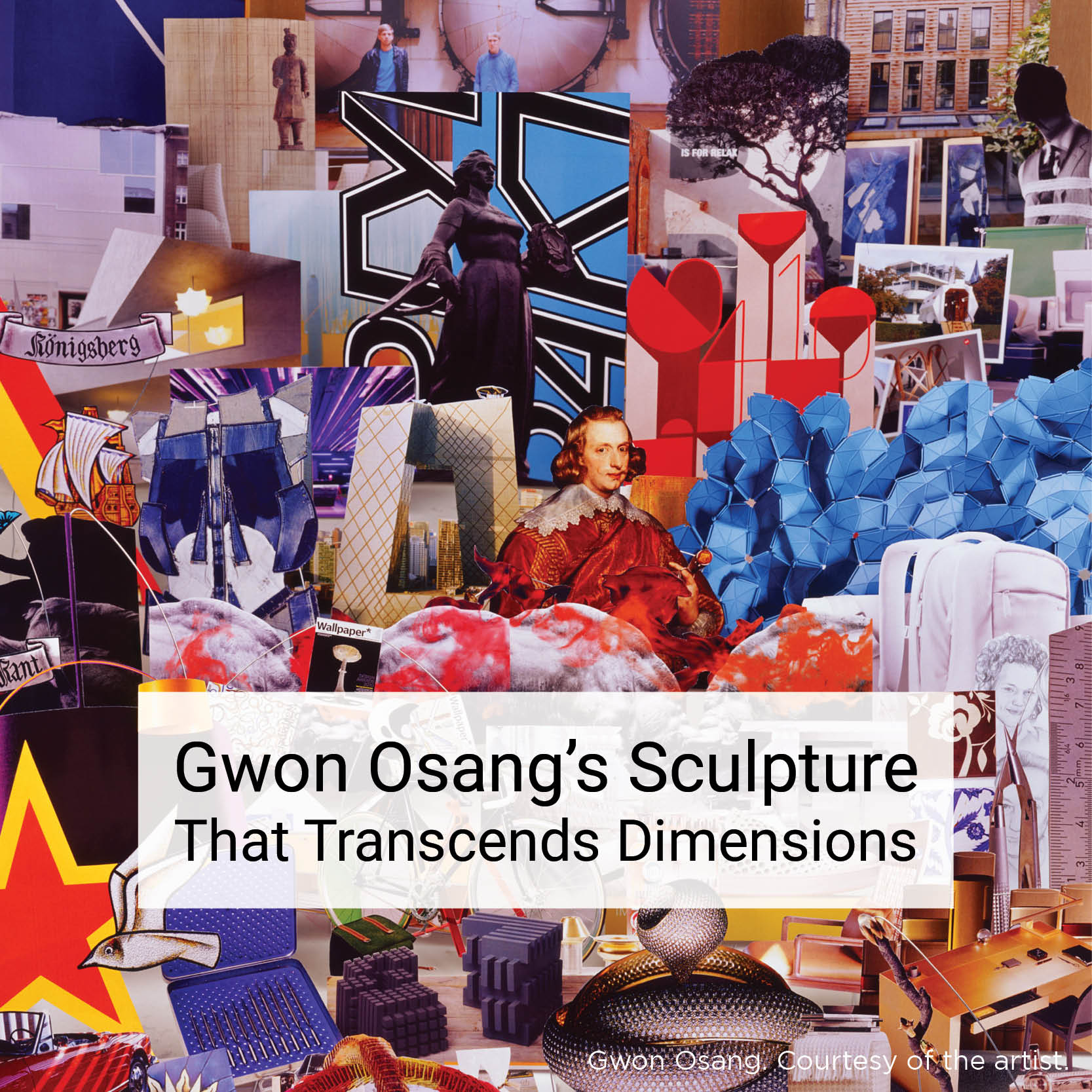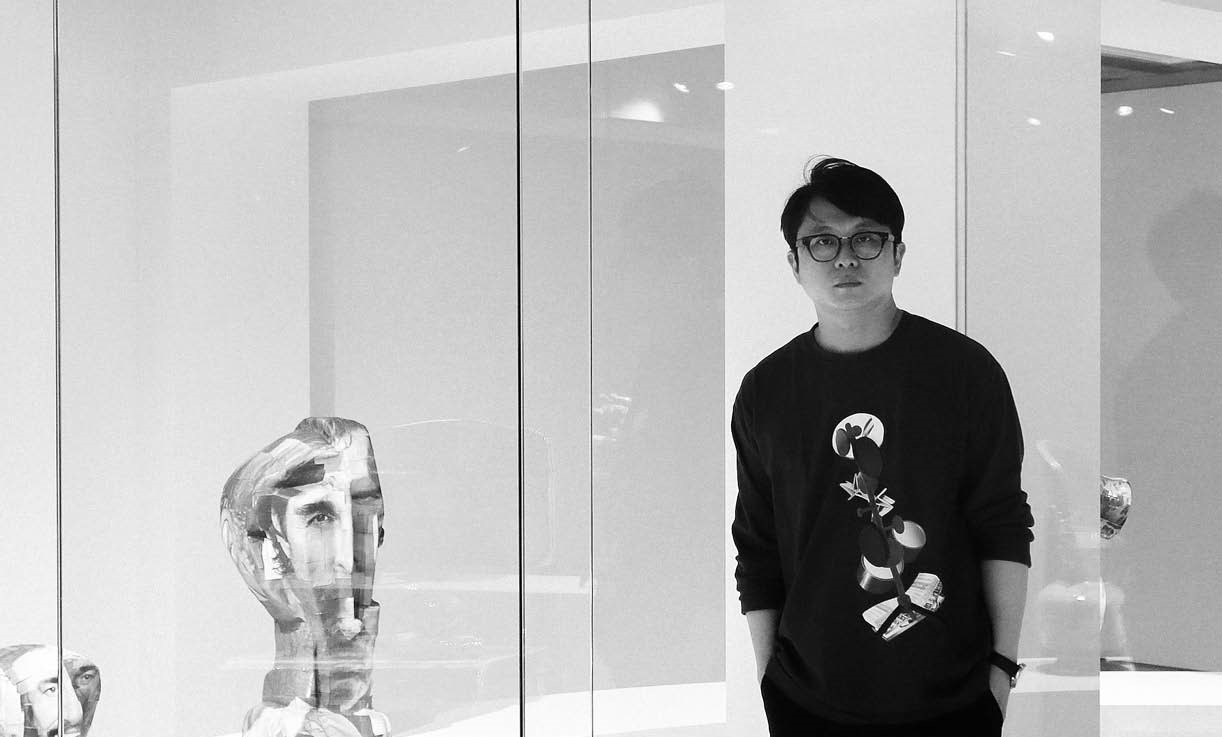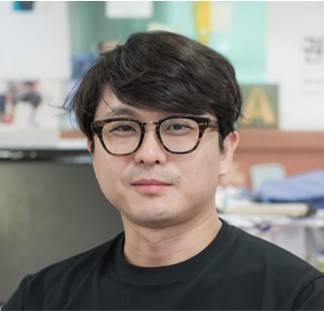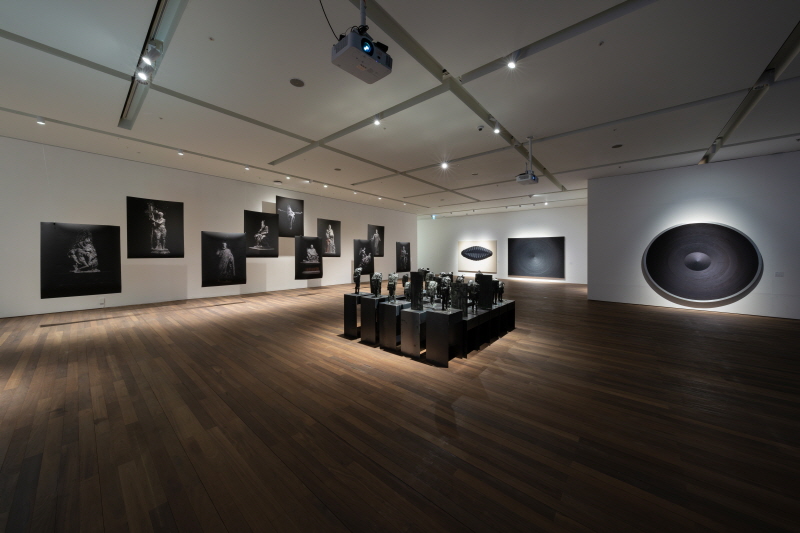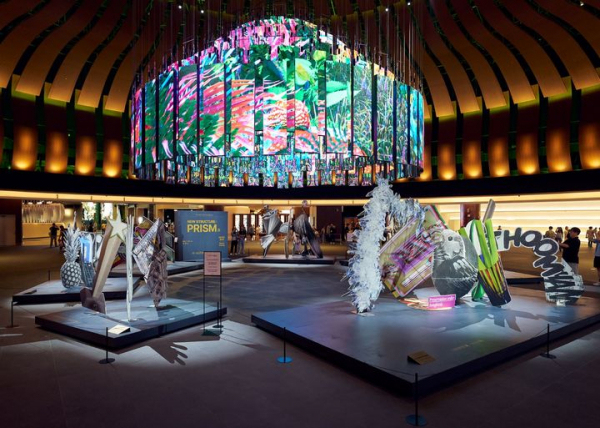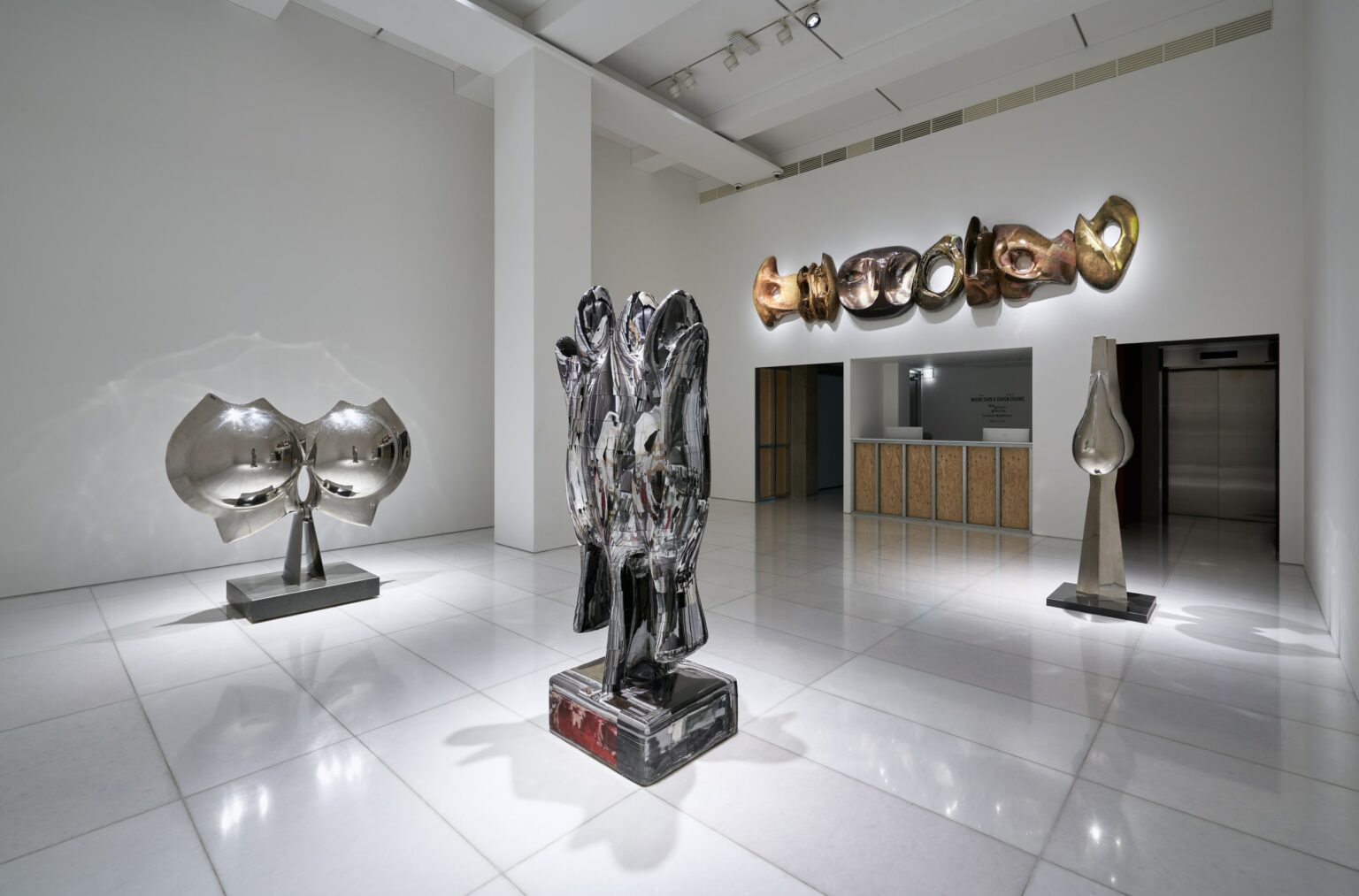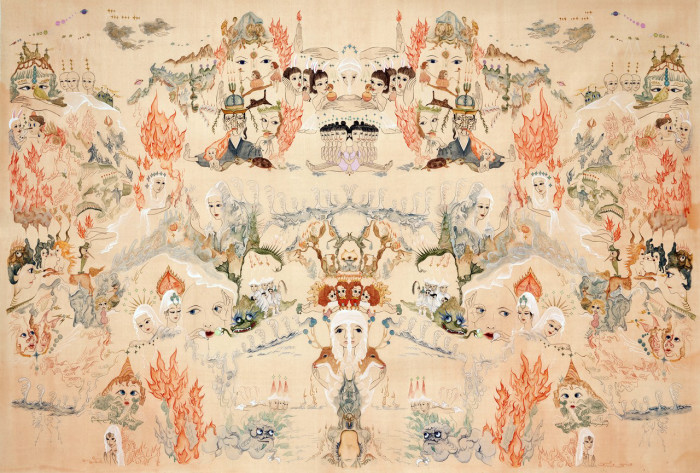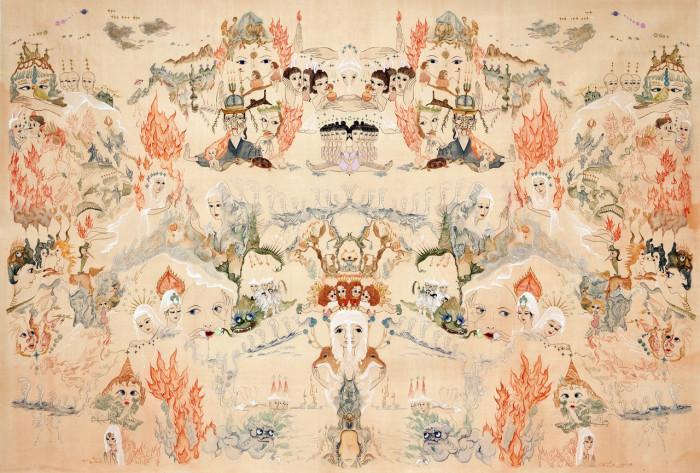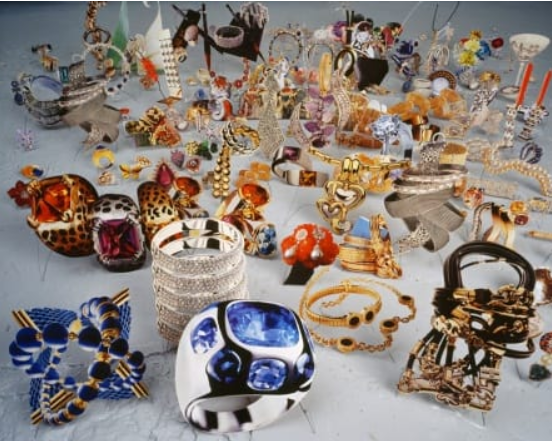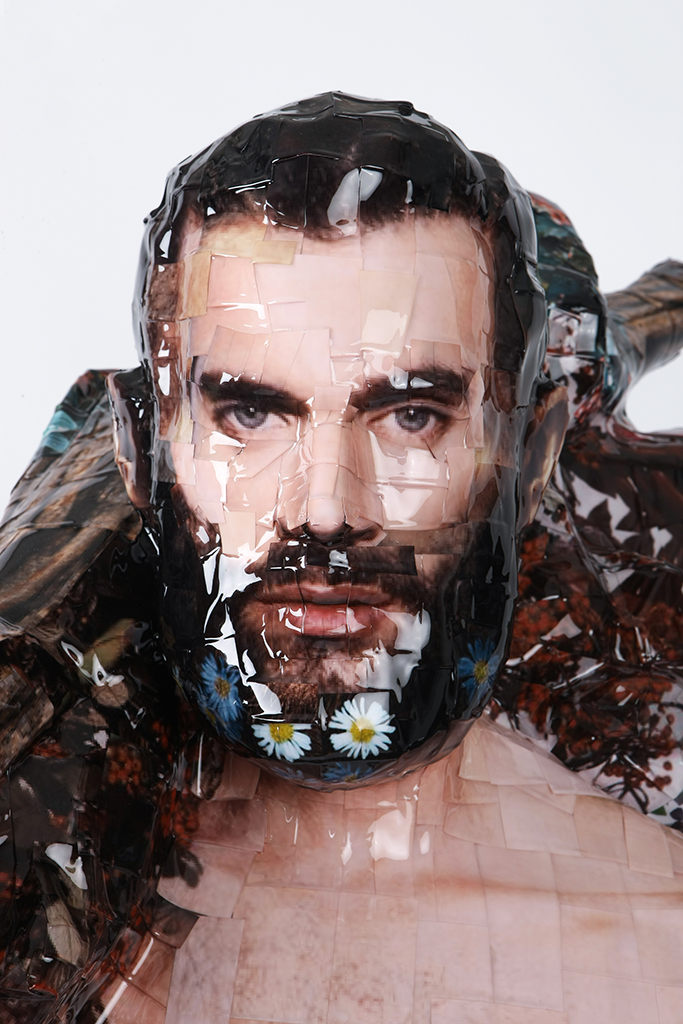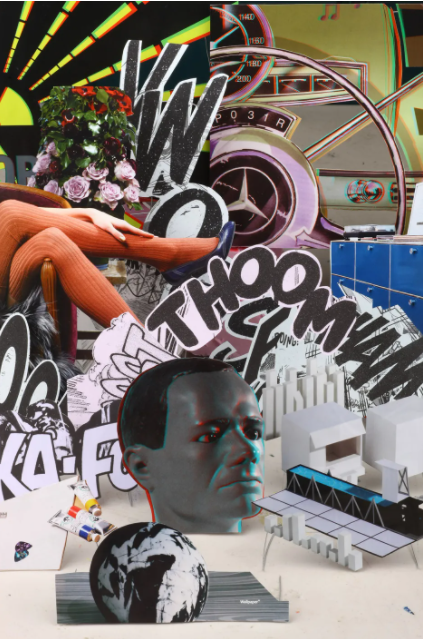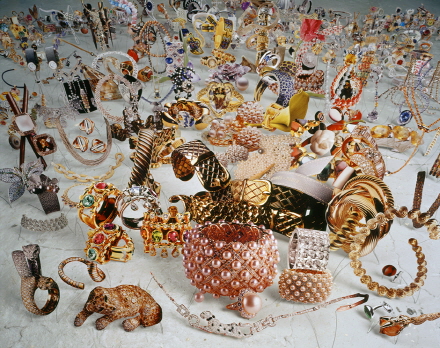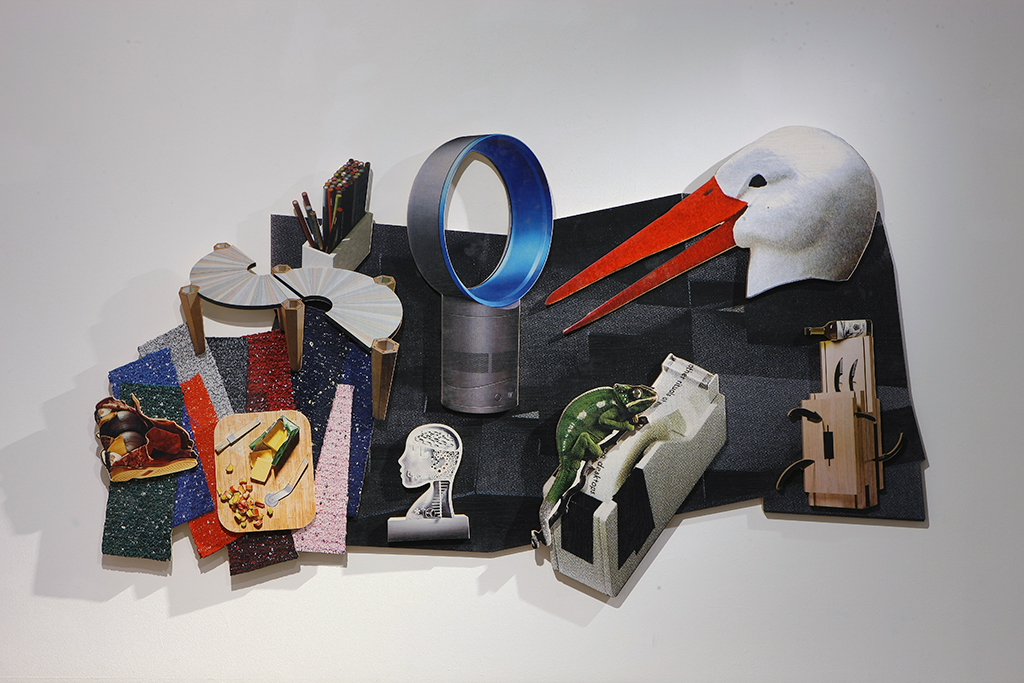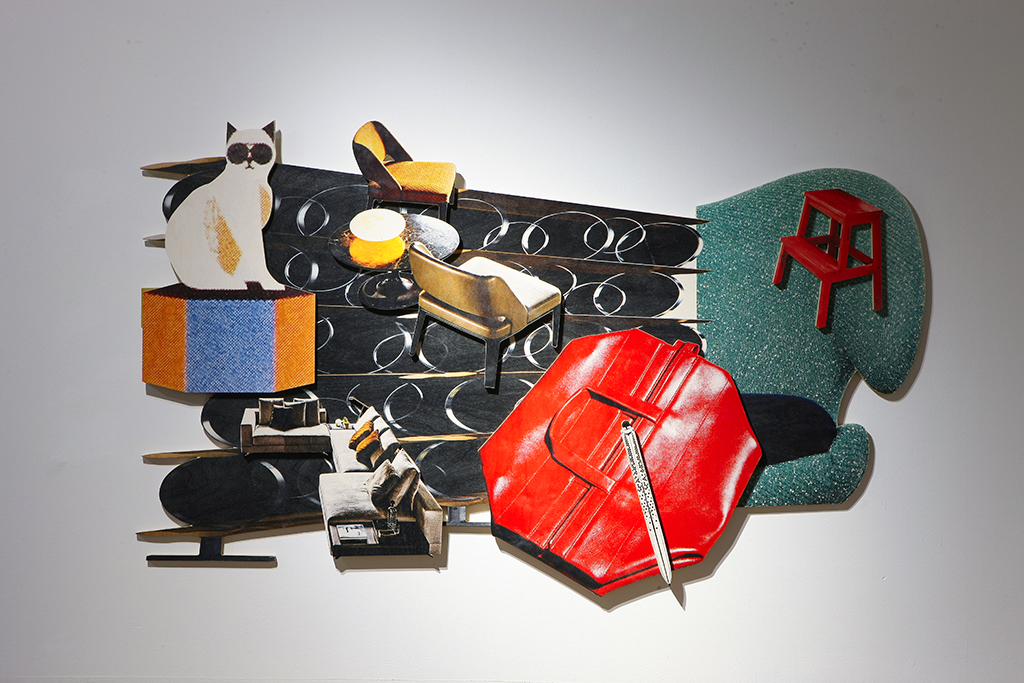It's
up to the audience how to read Gwon Osang's works. It's because his works are
neutral in meaning and evaluation. He just devotes himself to his works with a
serious attitude. And the result becomes a statement about human's visual
perception, time and space, picture and sculpture, reality and imagination, and
the spirit of the times. From a different viewpoint, the degree of freedom of
the audience about the meaning and evaluation of Gwon Osang's works is due to
the success of his works to represent such various contexts at the same time.
Gwon
Osang's photo-sculpture works derived from his attempt to make a light piece.
By thinking a bit deeper, we can conclude that such an attempt corresponded
with the context of the discourse of modern art, the suspicion of revival and
imitation, and was a challenge to the medium of sculpture. Borrowing the photo
into the experimental process of the sculpture - borrowing the sculpture into
the experimental process of the photo - suggests many things. His
photo-sculpture is the work to revive the reality of 3 dimensional space into
the fragments of 2 dimensional plane and then collect the fragments and compose
3 dimensional body. Such a process of work immediately reminds us of the modern
artistic discourses such as boundary of genre of photo and sculpture or
limitation of revival and imitation, but its result reveals itself in daily
lives. His works nakedly display, from practical context of our lives,
philosophical meaning of existence, and time fallacy of visual perception.
First,
let's examine his photo-sculpture works. Hundreds of stills constituting one
sculpture were photographed from different angles and at different times. When
we see something, we do not doubt the simultaneity of its existence and our
seeing it. In Gwon Osang's sculpture, however, moment and time are
indiscriminately reconstructed. In front of his works, our firm belief in
instantaneousness and simultaneity of time comes to be dismembered. The subject
matters of Gwon Osang's works include male, female, dog, car, bag, magazine,
flower, stone, etc., all of which are familiar in our daily lives. Gwon Osang
turns the familiarity into the awkwardness. Actually the awkwardness begins
when familiar things are brought into a monumental space, namely a gallery. And
this awkwardness is amplified in order according to the depth of feelings.
Life-sized existence, the outside of which consists of fragments of stills and
the inside of which is empty, stands before the audience as if to emphasize
existential emptiness. The more interesting thing is that the feeling which the
existence, that Gwon Osang had playfully created, delivers: 3 heads of duck in
place of human head; Siamese twins whose bodies are attached to each other; a
nude whose distorted proportion reminds us of a space alien. These works are
not much more awkward than those of normal bodies, and when we examine them
carefully, such a deformed reconstruction seem to be more familiar and normal,
and sometimes even reminds us of the figure of transcendental existence.
The
boundary between awkwardness and familiarity is connected with the matter of
attitude about whether to examine it or overlook it. In this sense, Gwon
Osang's works create existence of the boundary thereby making the audience
reflect the meaning of uncharacteristic daily lives and existence.
At
a glance, Gwon Osang's ‘The Flat’ series seem to be pictures of real watch,
jewel, and cosmetic, but they are pictures of images from magazines. After a
photographer's images of real things are copied in magazines or prints and
distributed, Gwon Osang cuts them out, and makes them into very simple
sculptures, displays them, and photographs them again. By examining the meaning
of such a process, we can conclude that series are more
advanced than photo-sculpture in the matter of artistic discourse connected
with originality & reproductiveness and plane & body. According to Gwon
Osang who likes magazines, the subject matters of ‘The Flat’ are the most
common images in magazines. But the aftermath of the multiple process and the
subject matters goes beyond the boundary of the most common images. Appearing
in magazines most frequently is connected directly with the capital, which is
the ideology of our time, and luxurious watch, jewel, and cosmetic are
undeniable symbolic icon of our time. The signs of this era filling the
printing paper are just images of images in the reproduced magazines which do
not even have the property of matter. The works which were repeatedly
reproduced in the process of production disclose the maximized emptiness of
values. The icon which became unlimitedly reproduced images and the image based
on the reproduced image, ‘The Flat’ are the works to visually deliver
Simulacre's floating and characteristics of postmodernism more distinctly than
any other language and discourse.
When
I first saw Gwon Osang's ‘The Flat’ series, I was reminded of Andy Warhol. It's
because they can be interpreted in a similar context and they contain the
spirit of the times, and the beauty of the times can be found in the works or
at least some parts of them connected with its standard can be found. But
still, it's up to the audience how to read Gwon Osang's works. Though I
commented artistic matters and even ideology or aesthetic taste about Gwon
Osang's works, it might be the same as my misunderstanding of Andy Warhol at
that time. It is distinctive that Gwon Osang's works cause interest of the
audience with highly perfected structure and serious atmosphere even before
thinking about the meaning and contents, and they are more contemporary than
any other works, so they are just the statement of our times.



